Introduction
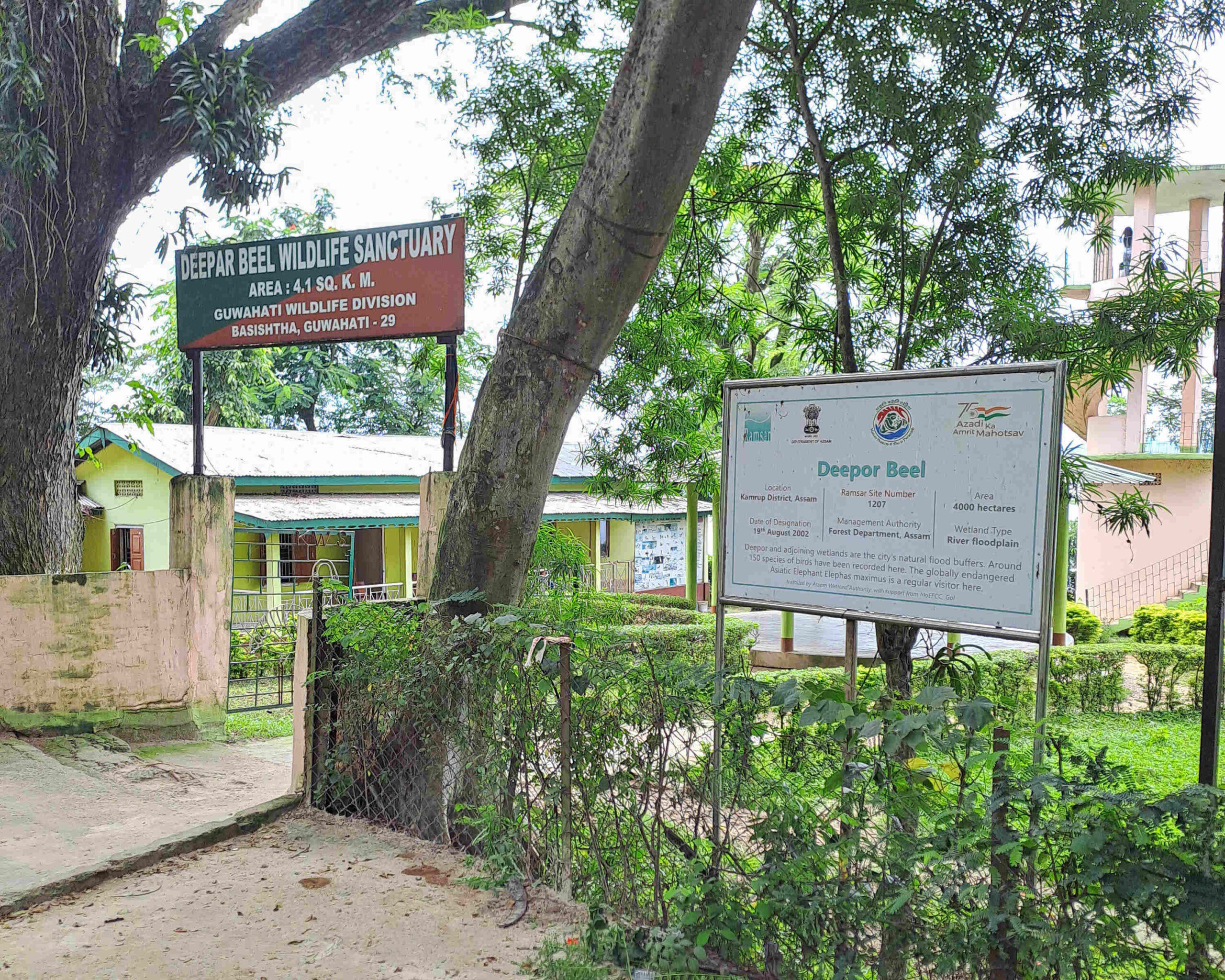
Deepor Beel, also spelt as Dipor Bil, is a permeant freshwater lake with abundant aquatic flora and fauna. The lake (‘beel’ in Assamese language) is situated at the south-west side of the Guwahati city in Assam, India. Deepor beel acts as a natural stormwater reservoir during the monsoon season for the Guwahati city. During the rainy season, the waterbody of the ‘beel’ swells up and it becomes up to 4 meters deep, while in the dry season it goes down to 1 meter. The main sources of water of this ‘beel’ are Basistha and Kalamoni river.
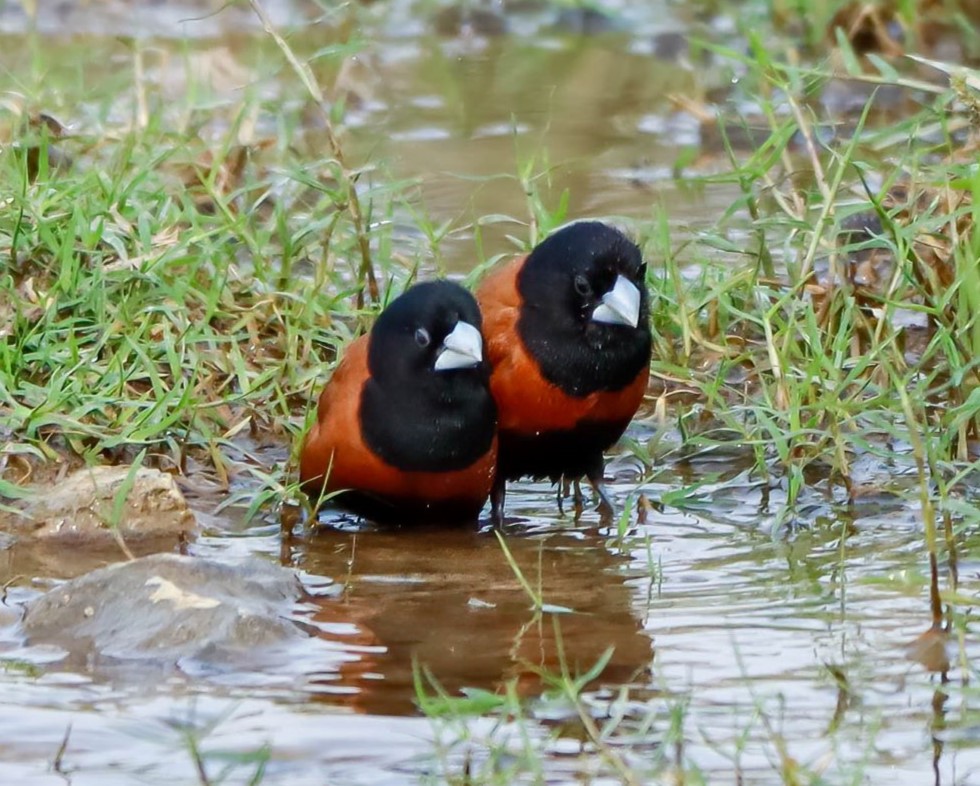
History of Deepor Beel
In the year 1989 an area measuring 4.1 km2 of the ‘beel’ was declared as a Wildlife Sanctuary by the Government of Assam. Later in the year 2002 the Deepor beel has been designated as a Ramsar site under the Ramsar Convention. This is the only Ramsar Site in Assam. In 2004 the Birdlife International declared the site as an Important Bird Area (IBA).
A Natural Wonder
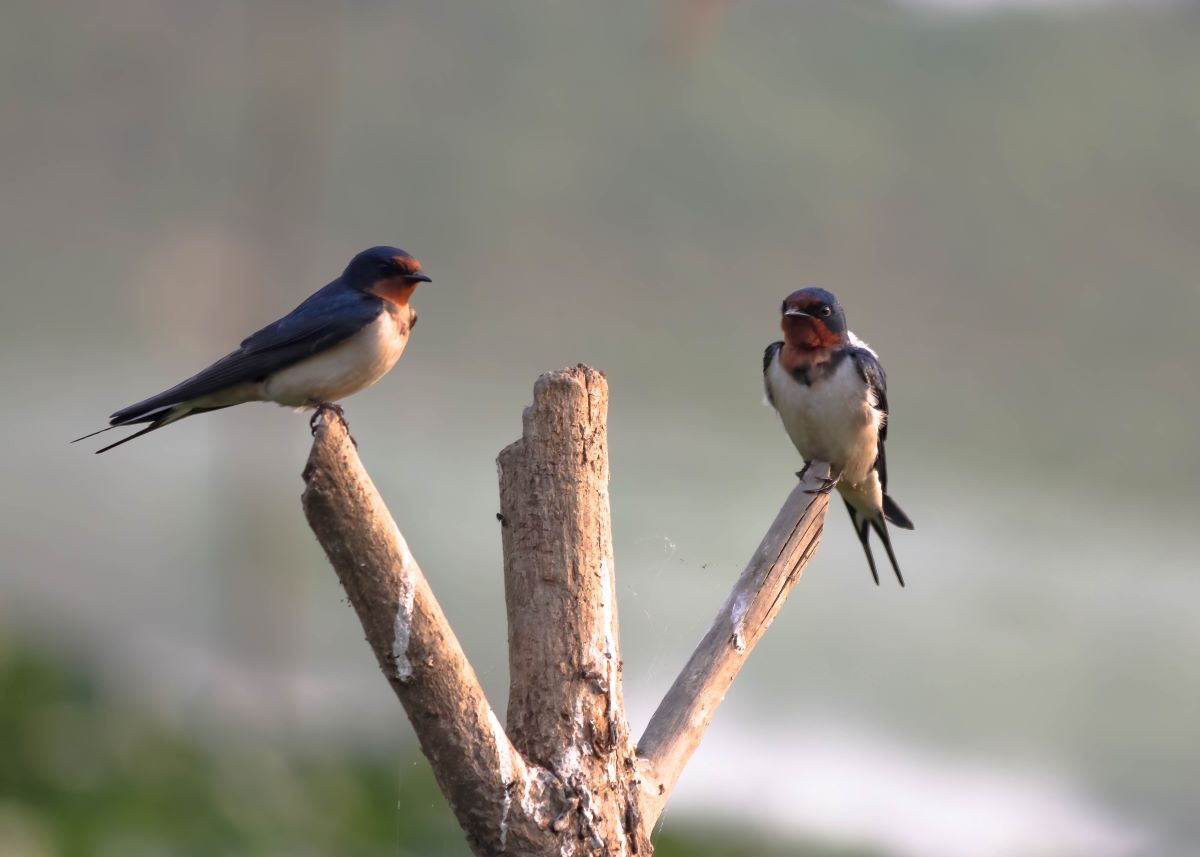
The scenic beauty of Deepor beel, encompassed by undulating forests and verdant greenery, is a sight to behold. The ‘beel’ is providing its natural resources for livelihood to 1,200 odd households residing in the adjacent localities. The freshwater fish is a vital source of protein and the fishermen community earn their livelihood by fishing in the ‘beel’. The Deepor beel is considered to be the representative wetland type under the Burma monsoon forest biogeographic region. This is the largest freshwater lake in the Brahmaputra valley of lower Assam. There are 50 species of freshwater fish in Deepor beel and the ‘beel’ is the natural breeding area for some of those fish species.
Avian Paradise
More than 265 species of birds including 9 threatened species are recorded in Deepor beel as per the e-bird database. Thousands of migratory birds visit the ‘beel’ in every winter. Large flocks of Baer’s Pochard were seen in Deepor Beel in early nineties. Some of the common sightings of this Ramsar site are Northern pintail, Garganey, Ferruginous pochard, Pheasant tailed jacana, Siberian rubythroat, Spot-billed pelican, Whiskered tern, White winged stilt, Pied avocet etc. The highest number of a single day count of waterbirds in Deepor beel is 19,000 individuals. The Greater Adjutant stork is a regular sighting in the Dumping ground, adjacent to Deepor beel.
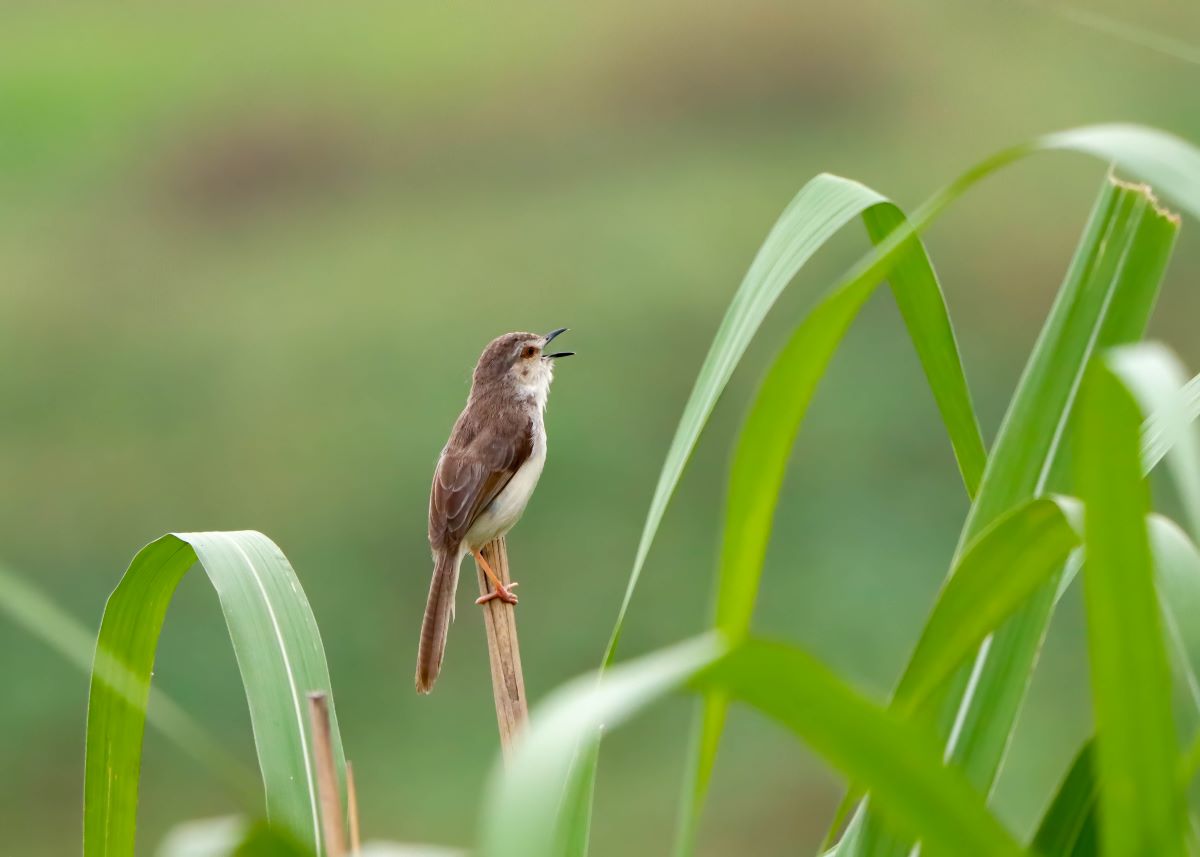
Apart from the aquatic birds, the neighbouring broadleaf forest is the home to some forest dwelling birds. Due to presence of such diverse avifauna, this ‘beel’ attracts birdwatchers from across the globe.
Mammals
The neighbouring forest of Deepor beel is adjacent to the Rani-Garbhanga Reserve Forest with mixed deciduous and semi-evergreen broadleaf forests. Mammals like Asian elephant, Hoolock gibbon, Leopard cat, Jungle cat, Assamese macaque, Rhesus macaque etc. are frequently seen in the forest.
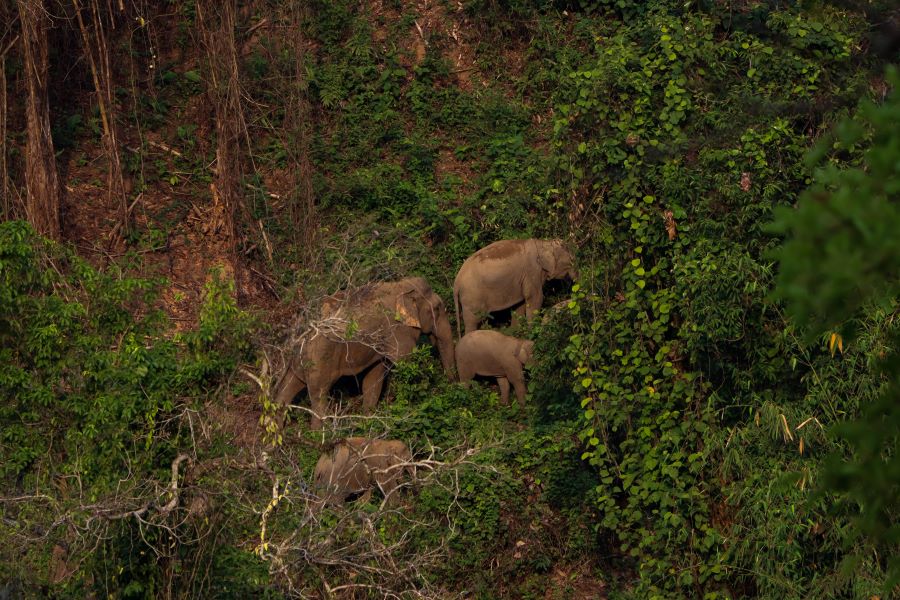
How to reach
Deepor beel is located hardly 18 km away from the heart of the Guwahati city. The distance between the Inter State Bus Terminus (ISBT), Guwahati to Deepor beel is 9 km. Regular buses and trains are available to Guwahati from all the nearby states. Moreover, Guwahati is well connected by flight from all the major cities in India and from some selected international destinations. Therefore, Deepor beel is easily accessible even for the tourists from abroad.
Best time to visit
Deepor beel is famous for exceptional avifaunal diversity and thousands of migratory birds which visit the site during winter season. Therefore, the best time to visit the site is November to March.
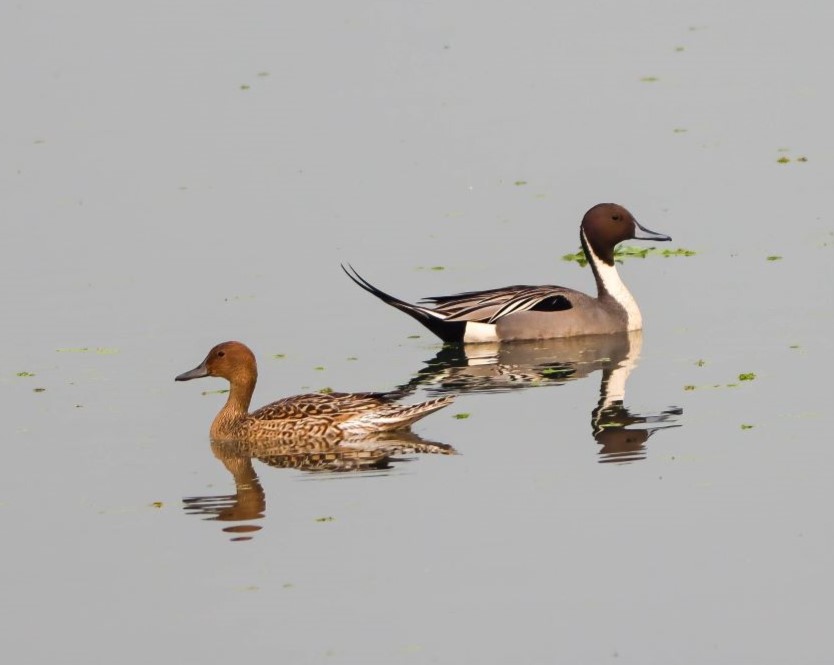
Where to stay
There is no accommodation facility in and around the lake. Since the capital city, Guwahati is at only one hour drive from the ‘beel’, visitors can stay at Guwahati and visit the site by hiring a cab. There are a lot of accommodation facilities at Guwahati of various ranges from a five star luxury stay to a basic and economic stay.
Conclusion
Deepor beel is famous not only for its picturesque landscapes, it is a very important biodiversity hotspot with the presence of rich avifauna. Tourists from various part of the world visit this site every year. Recognizing its importance in balancing the ecosystem, the Government agencies and local bodies are joining hands in combating the threats like encroachment, pollution and habitat degradation coming to this beautiful lake. Awareness campaign and community involvement are very much necessary to safeguard this rich ecosystem for the generations to come.
1 thought on “Deepor Beel: The Only Ramsar Site of Assam”